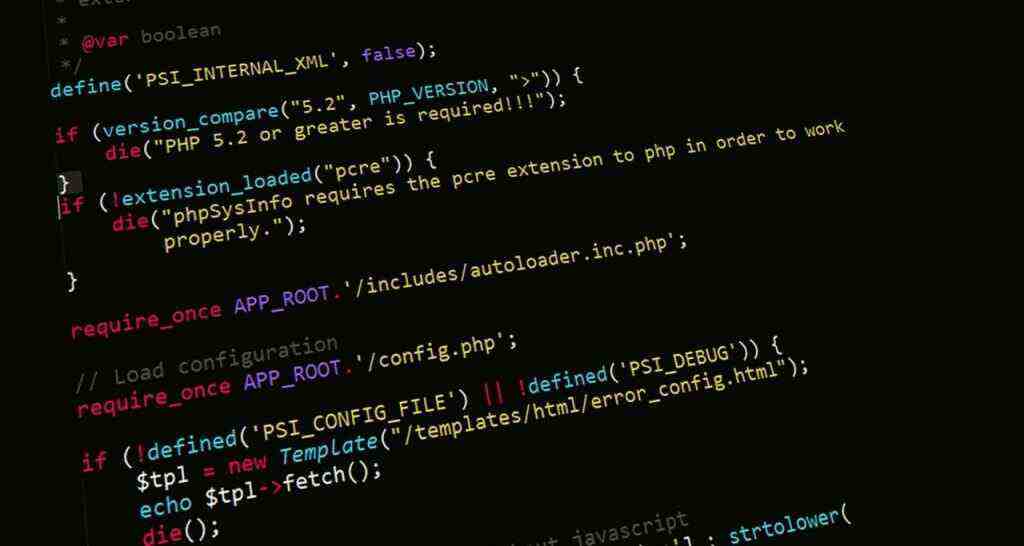The Convergence of Creativity and Technology: Japanese Author Rie Kudan Wins Literary Award with AI Collaboration
In a groundbreaking moment that challenges conventional notions of authorship, Japanese author Rie Kudan has made history by winning the prestigious Akutagawa Prize for her novel “The Tokyo Tower of Sympathy,” a work partially crafted with the assistance of ChatGPT, an AI language model. Kudan’s bold embrace of AI as a collaborative tool has ignited a lively debate about the role of technology in creative endeavors, blurring the lines between human ingenuity and algorithmic assistance.
Embracing AI as a Collaborative Muse: Rie Kudan’s Perspective
Kudan, a 33-year-old writer, has sparked a firestorm of discussion within the literary community and beyond by openly acknowledging her partnership with AI in the creation of her award-winning novel. She firmly believes that AI can serve as a valuable catalyst for creativity, rather than a replacement for human imagination. Her willingness to embrace AI as a collaborative partner has propelled her into the spotlight, making her a central figure in the ongoing discourse about the role of AI in creative pursuits.
At a press conference held after receiving the Akutagawa Prize, Kudan revealed that approximately 5% of her novel was generated word-for-word by ChatGPT. This admission has ignited a firestorm of reactions, ranging from admiration for her innovative approach to accusations of undermining the integrity of literary creation.
Kudan’s novel, “The Tokyo Tower of Sympathy,” delves into the moral dilemmas faced by an architect tasked with designing a high-rise prison in Tokyo that prioritizes the rehabilitation of lawbreakers. It is a thought-provoking exploration of societal issues, with AI serving as a central theme.
Kudan’s personal relationship with ChatGPT is deeply intertwined with her creative process. She confides that she often turned to ChatGPT for guidance when grappling with personal problems that she felt unable to share with others. She found solace in the AI’s responses, which occasionally sparked introspective reflections that found their way into the narrative of her novel.
AI in the Creative Realm: A Double-Edged Sword
Kudan’s bold use of AI in her literary work has thrust her into the center of a heated debate surrounding the impact of AI on creative industries. While some view AI as a transformative tool with the potential to augment human creativity, others fear its encroachment upon the livelihoods of artists and the erosion of artistic integrity.
The controversy surrounding Kudan’s AI-assisted novel is not an isolated incident. In recent years, there have been numerous instances of artists utilizing AI in their creative endeavors, often generating mixed reactions.
Last year, Berlin-based photographer Boris Eldagsen withdrew his entry from the Sony World Photography Awards after disclosing that his winning image in the creative photo category was generated using AI. This revelation sparked a fierce debate about the boundaries of artistic creation and the role of human intervention in the creative process.
The literary world has also been grappling with the implications of AI’s incursion into the realm of authorship. Renowned authors such as George R. R. Martin, Jodi Picoult, and John Grisham joined forces in a class action lawsuit against OpenAI, the company behind ChatGPT, alleging that the company utilized copyrighted works without permission in training its AI systems.
Additionally, over 10,000 authors, including literary luminaries like James Patterson, Roxane Gay, and Margaret Atwood, signed an open letter demanding that AI industry leaders seek consent from authors before using their works to train large language models. They also advocated for fair compensation when such usage occurs.
Navigating the Ethical Maze: AI and Artistic Integrity
The ethical implications of using AI in creative pursuits are complex and multifaceted. While AI can undoubtedly enhance creative output, there are concerns that it may also lead to a homogenization of artistic expression, stifling the unique voices that define the creative landscape.
The question of whether AI-assisted works should be considered true works of art remains a contentious issue. Some argue that the use of AI diminishes the creative agency of the artist, while others maintain that AI can serve as a catalyst for innovation and the exploration of new artistic possibilities.
As AI continues to evolve at an exponential pace, the creative community faces the daunting task of defining the boundaries of AI’s involvement in artistic endeavors. Striking a balance between embracing AI’s potential and preserving the integrity and authenticity of artistic expression will be a delicate and ongoing challenge.
The Future of Creativity in the Age of AI: Symbiosis or Conflict?
The integration of AI into creative processes is an irreversible trend that is likely to reshape the creative landscape in profound ways. The question that remains is whether AI and human creativity can coexist harmoniously or whether they are destined to clash in a battle for dominance.
For now, the debate rages on, with no clear consensus in sight. As AI technology continues to advance, the creative community must navigate the intricate terrain of ethics, authenticity, and the ever-changing definition of what it means to create.
In the meantime, Rie Kudan’s bold experiment with AI in her award-winning novel serves as a stark reminder that the relationship between AI and creativity is a complex and evolving one. It is a relationship that will undoubtedly shape the future of artistic expression in ways we can scarcely imagine.
